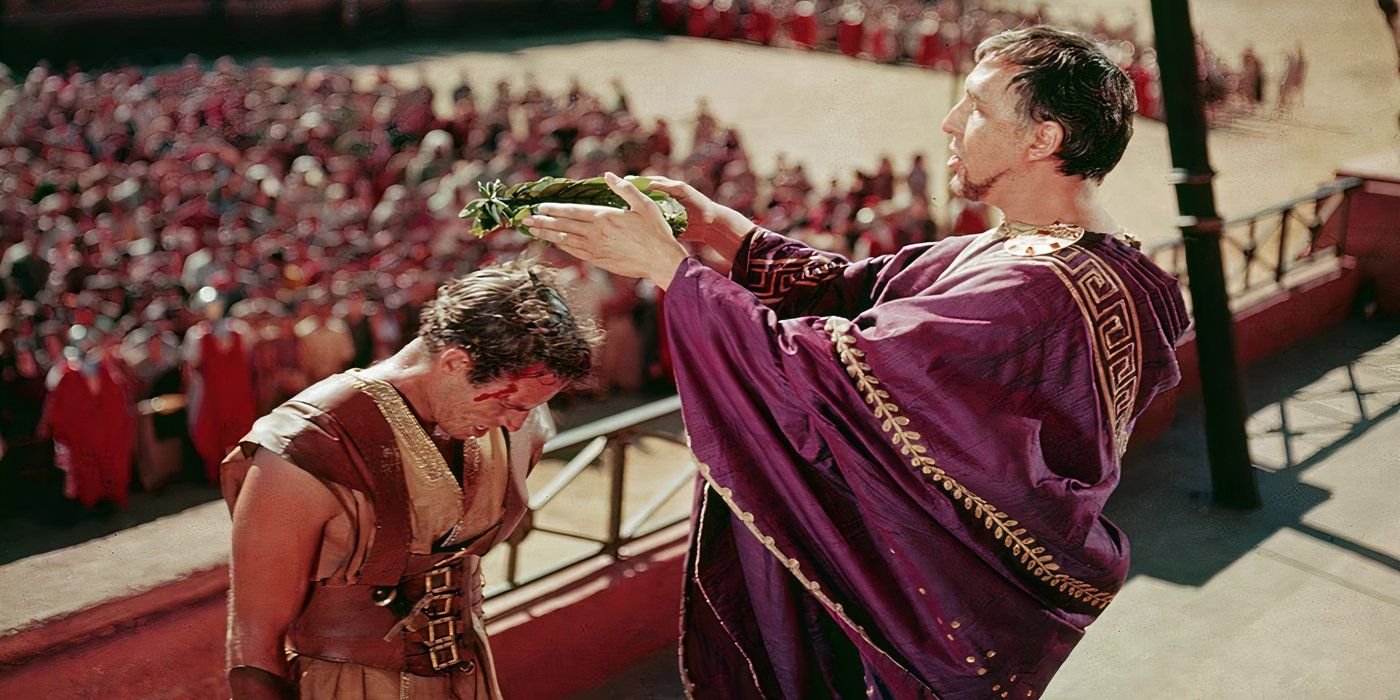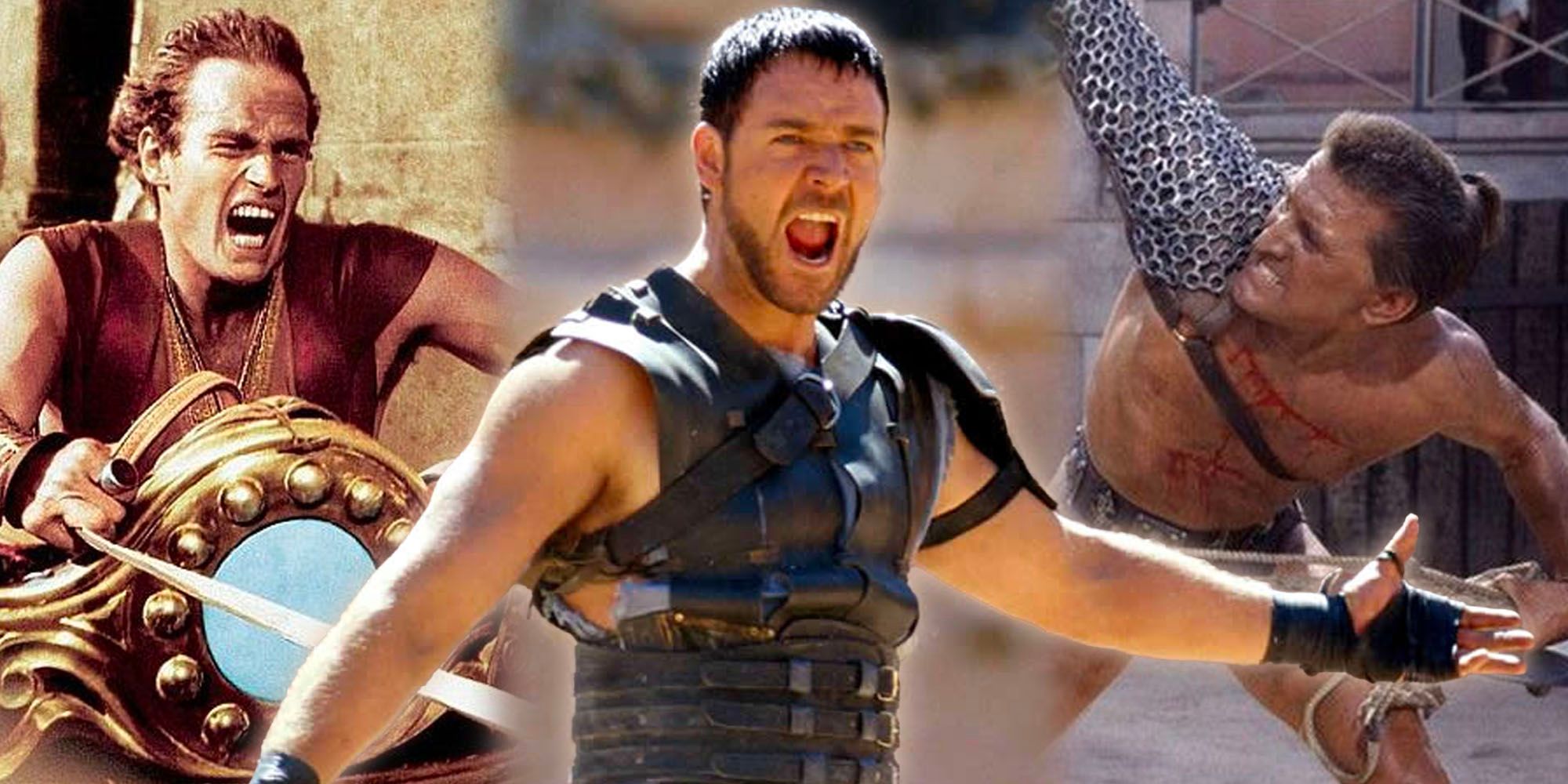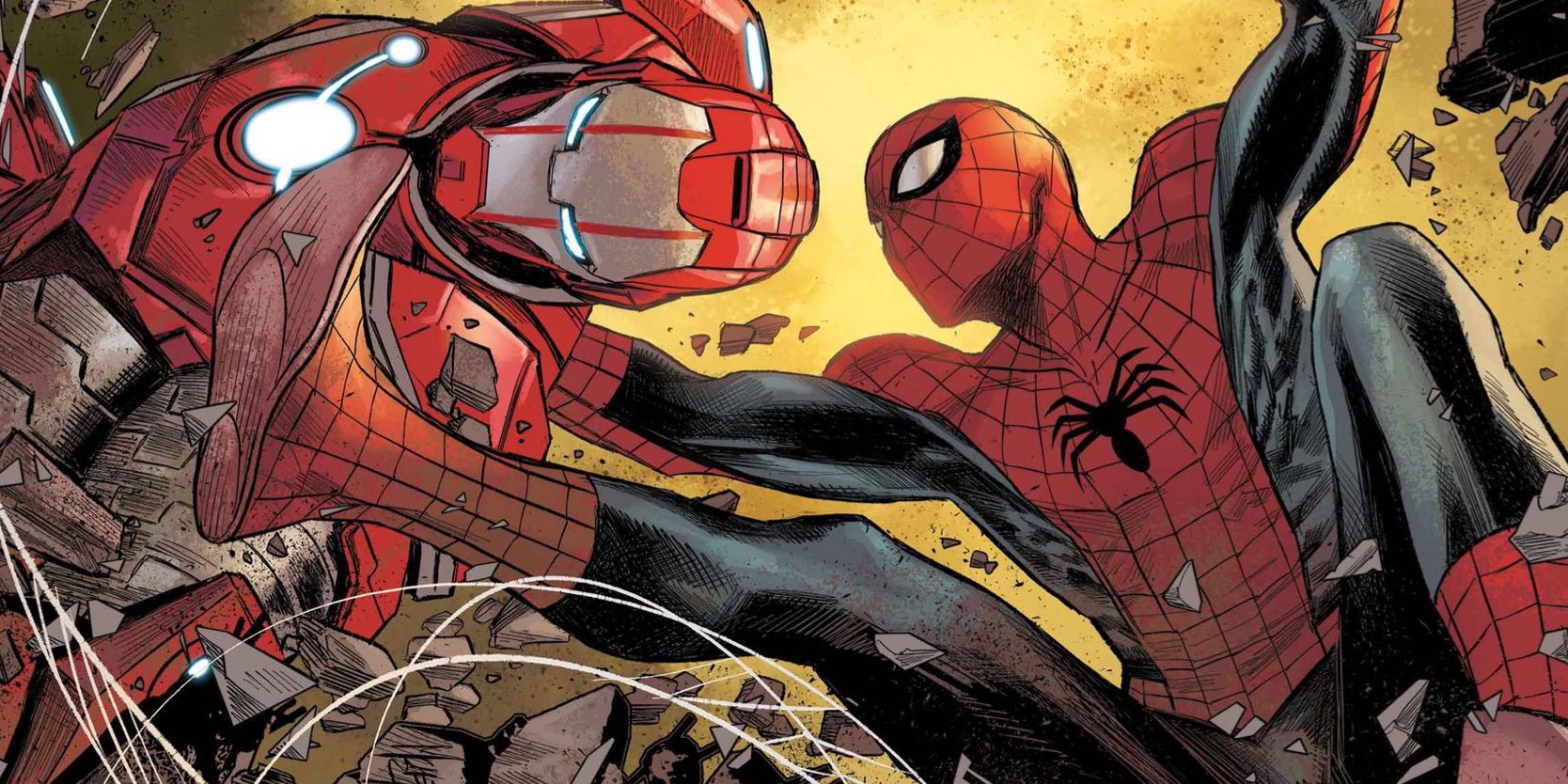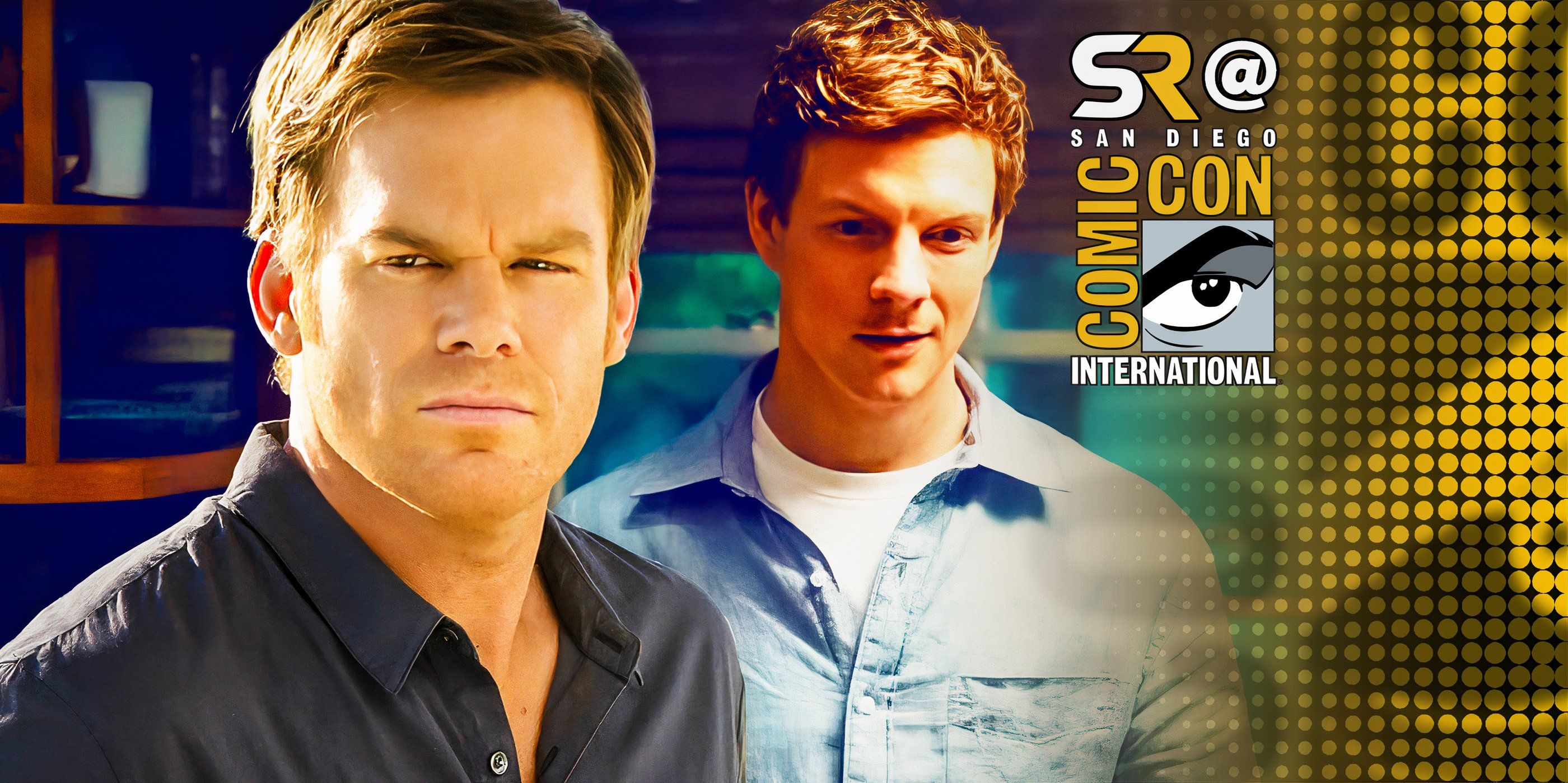The Oscar-winning historical epic Ben-Hur has failed to impress Roman expert Michael Taylor, who has criticized the film for its naval battle among other aspects within the same scene. The 1959 classic follows a Jewish prince who, after being sold into slavery, returns to Rome with his freedom seeking revenge on those who wronged him. The movie includes plenty of classic scenes, such as a chariot race and a naval battle, later inspiring the poorly-received 2016 Ben-Hur remake, which never stood a chance against the classic original.
However, speaking with Insider on their YouTube series How Real Is It, Taylor explained how Ben-Hur‘s naval battle scene is not historically accurate, revealing the lack of realism within the classic sequence.
Starting at 11:50, the historian discusses the accuracy of the chariot scene and why it’s a classic, before diving into how the pirate fleet wouldn’t be so big and the naval battle overall isn’t how Romans would conduct themselves in combat. Check out what Taylor had to say about the naval battle scene below:
Piracy, at this point, exists. But no pirate is going to be in a position to have a huge fleet and engage in a fleet-style action against the Roman Navy. These guys are going to be probably much more similar to the kind of Somali pirates that we’ve seen in the Red Sea. Fisherman with boats, or people who are sometimes merchants, sometimes raiders, but not with the military capacity of even trying to engage any kind of Roman force.
Yes, it’s great to break their oars, but it’s even better if you can just get your ram in the hull of their ship, and then that sinks it. We absolutely know that ships are sunk because of ramming. They found, off the coast of Sicily, a series of rams left over from a naval battle between the Romans and the Carthaginians, and where every ram is picked up off the sea floor, that’s where a ship got rammed, sank to the bottom, the timbers rotted away, and now there’s a ram on the floor of the Mediterranean.
As much as the chariot scene is classic, the naval battle is just awful. So I’m going to say 5 [out of 10].
Why Ben-Hur’s Accuracy Doesn’t Detract From Its Status As A Classic

Despite the inaccuracy of the movie’s navel battle, Ben-Hur is still considered a classic film for its themes of revenge, as well as its interaction with religious themes. The movie has plenty of moments that aren’t accurate to reality, such as Charlton Heston’s Judah giving Jesus water to drink, something unrecorded in history due to Heston playing a fictional character. However, these moments of historical divergence don’t detract from the movie, even if elements like the naval battle aren’t being depicted properly.
The effort put into the film’s biggest sequences helped make it an award-winning movie, despite not always being accurate to Roman history. The movie snagged Oscars for Best Cinematography and Best Special Effects among nine others – including Best Picture – which justifies why it was a classic regardless of adherence to history. The revered nature of the movie likely also contributed to the failure of the remake, which simply wasn’t ever going to live up to the original rendition. The movie’s exciting story, stellar performances, and impressive visuals balanced out its historical changes.

Related
10 Best Gladiator Films, Ranked
Gladiator films aren’t that common nowadays, but there was a time when this epic genre was very popular. Here are the best gladiator films ever made.
Since the movie won the most Oscars at the time of its release, the Heston-led film may not have been as memorable had it not taken some liberties with Roman history. Although it would be interesting to see a version of Ben-Hur that’s more realistic, the epic scale of its naval battle is part of what makes it such a well-remembered movie. Luckily, other movies set in Rome, such as the forthcoming Gladiator II, can depict its history in a more accurate manner, filling the gap that 1959 classic could not.
Source: Insider/YouTube





